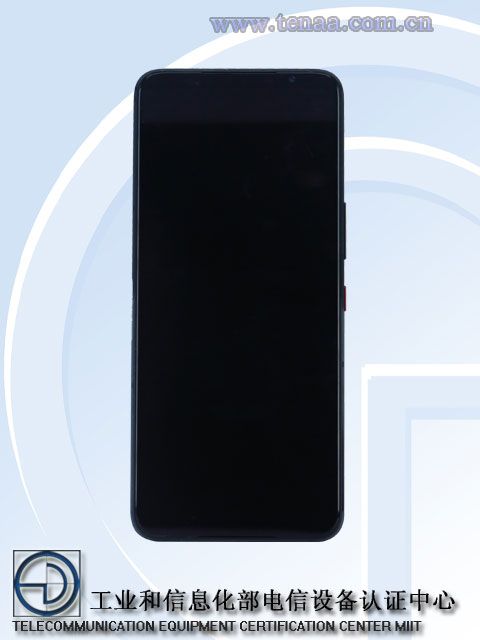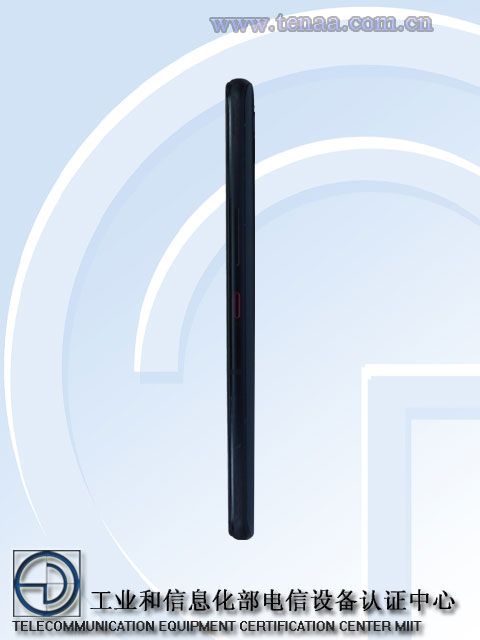WhatsApp has become the go-to messaging app for a big chunk of the world. And that is with good reason: it’s a (sort of) lightweight app that works amazingly well with all Android smartphones, old and new. Plus, you really have no way to go: with over 5 billion installs on Google Play, and a lot more on other platforms such as iOS, it’s safe to say that at least a good chunk of the world’s entire population is on WhatsApp. You can’t realistically compete against a communication app with this much momentum. Except, something made that tide turn a bit: WhatsApp tried to introduce more invasive privacy policies (then delayed them after backlash), and users started flocking to other, competitor apps.
Are you part of this crowd? So what are these alternatives, you might ask? Today, we’re gonna look at two of them: Telegram and Signal, which are the two that became the most popular after the WhatsApp controversy. And we’re gonna stack both of them up against WhatsApp, which is still king in terms of sheer userbase but lacks features compared to the other two. Read on to know more!
Signal: Unbeatable on privacy and security

If security and encryption are all you’re after, then Signal is as good as it’ll get when it comes to both of those things. It is fully open-source both in the server-side of things as well as the client itself, which in user terms means that everything the app does, picks up, and does with your information is fully transparent. And the app is fully ad-free and developed, maintained, and funded by the Signal Foundation, which is completely non-profit, unlike WhatsApp, which is owned by Facebook, Inc—people who care quite a bit about profits.
It doesn’t store any of your data, and also comes with a flurry of privacy-focused features as well as, of course, end to end encryption for all of your messages and conversations, so nothing that goes through the app’s server can be seen or intercepted by anyone—it’s encrypted on the server end and decrypted on the recipient end. It’s definitely not the end-all of secure messaging, something that has been proved by the occasional bug. But if you care about your privacy a lot, as we said before, then Signal will do you good.
It’s also a fairly friendly messaging app as the app is pretty basic so far. The UI comes across as kind of iOS-ish on Android, and it lacks a wide array of features that come with other messaging apps, such as stories. And the other rough point is that, well, it doesn’t have remotely the same user base as WhatsApp or even Telegram. It has grown greatly in the past few weeks, don’t get me wrong, but at 50 million installs, it has roughly 10% as many users as Telegram, which itself recently broke 500 million installs. It also has 1% as many installs as WhatsApp, which clocks in at 5 billion installs to date.
If you’re lucky enough to have the people you care about on Signal, though, then it’s really, really worth it if you mind privacy a lot.
Signal Private Messenger (Free, Google Play) →
Telegram: Middle ground with lots of features

A lot of security analysts point out that Signal is more secure than Telegram. Telegram’s apparent “negative” is that it features a different method of encryption. While Signal uses its own Signal protocol, which encrypts data end-to-end, Telegram doesn’t have end-to-end encryption (secret chats do, though). Telegram chats are fully accessible on any device you log into and are stored in the cloud using a symmetric encryption scheme called MTProto, developed in-house by the Telegram team and touting features such as 256-bit symmetric AES encryption, 2048-bit RSA encryption, and Diffie–Hellman key exchange.
Telegram goes a long way towards being more of an integrated social ecosystem compared to other messaging apps. The app features channels as well as groups with thousands of people that act more like communities rather than just group chats. It also enjoys a diverse install base on both iOS and Android for this very same reason. And it’s absolutely packed with features. Just to mention some of them, there’s support for bots that add extra functionality to the app as well as to group chats, there are animated stickers, the app is fully customizable, it has chat folders, it allows you to use more than one phone number (or not use one at all)… I could go on and on.
It’s my personal favorite among the three. And it also has a pretty steady user base: with the recent WhatsApp controversy, the Telegram team recently announced that they had surpassed 500 million active users, a new milestone that is still far less than the one WhatsApp has, but it’s still pretty good and a healthy sign for what’s to come for the Telegram team.
Telegram (Free, Google Play) →
WhatsApp: The popular choice

Finally, we have to measure WhatsApp against the two other options I’ve listed. And contrary to what you might think, it doesn’t stack up that badly. WhatsApp actually features end-to-end encryption for everything including messages, calls, and video calls, and it uses the very same protocol Signal uses, the Signal protocol. Your message history is, however, stored unencrypted in backups, so that’s something you should have in mind.
In reality, though, concerns regarding the app don’t arise for security, but rather for privacy. WhatsApp is owned by Facebook, which doesn’t exactly have a good track record when it comes to privacy, and they’ve been forced to keep the app free to use and free of ads because of user outrages (although they do want to change that). And the newest privacy policies, which are set to come into effect in May now, have made these concerns way worse.
WhatsApp also picks up a lot of information, such as your personal information, your phone number, your location, and more, which certainly raises the ears of those who care about privacy. Nonetheless, WhatsApp remains popular, and for mainly one reason: its massive userbase. A big majority of smartphone users at a global scale are using WhatsApp as well, and while outrage over these new policies have made a lot of people switch to other alternative apps, it hasn’t really been enough to steal WhatsApp’s thunder, at least for now.
As for features, though, it actually comes with a healthy amount of features. It supports video calls, stickers, stories, and they recently even introduced disappearing messages. They also have a special application for businesses, that allows users to chat directly with a business and even buy things right from the app if you’re in the right market.
WhatsApp Messenger (Free, Google Play) →
The Bottom Line: Which is Better?
Honestly, it depends on what your priorities are and, rather unsurprisingly, which messaging services your friends and close ones use. WhatsApp is the messaging app I use the most because it’s the one where most of my friends and family members are, but in terms of features and overall user experience, my favorite, by far, is Telegram. Both WhatsApp and Telegram are considered one of the best apps to install first on a new smartphone, and there’s fairly good reason for that.
Then again, if you care a lot about privacy and are lucky enough to have all of your friends on it (or you can get the people you care about to download the app), then Signal is the better option by far among the best WhatsApp alternatives due to all of the privacy and security-focused features the app packs, not just encryption. If you care about features and having a messaging app that you can actually make work the way you want to, then Telegram is probably the best option for you.
If you don’t care about either of those things and you just want something you can use to reach friends and family, then WhatsApp is, at the moment, probably the best option for you. This might change in the future and WhatsApp’s current stronghold in the market might fade a bit as the two other big players grow, but for now, that hasn’t happened.
If you really want to get rid of WhatsApp, perhaps the best middle ground is to use both Signal and Telegram — Signal for anything that is worth keeping private, and Telegram for all of its features.
The post Telegram and Signal are the two viable alternatives to WhatsApp appeared first on xda-developers.
from xda-developers https://ift.tt/2MoGkYX
via
IFTTT














